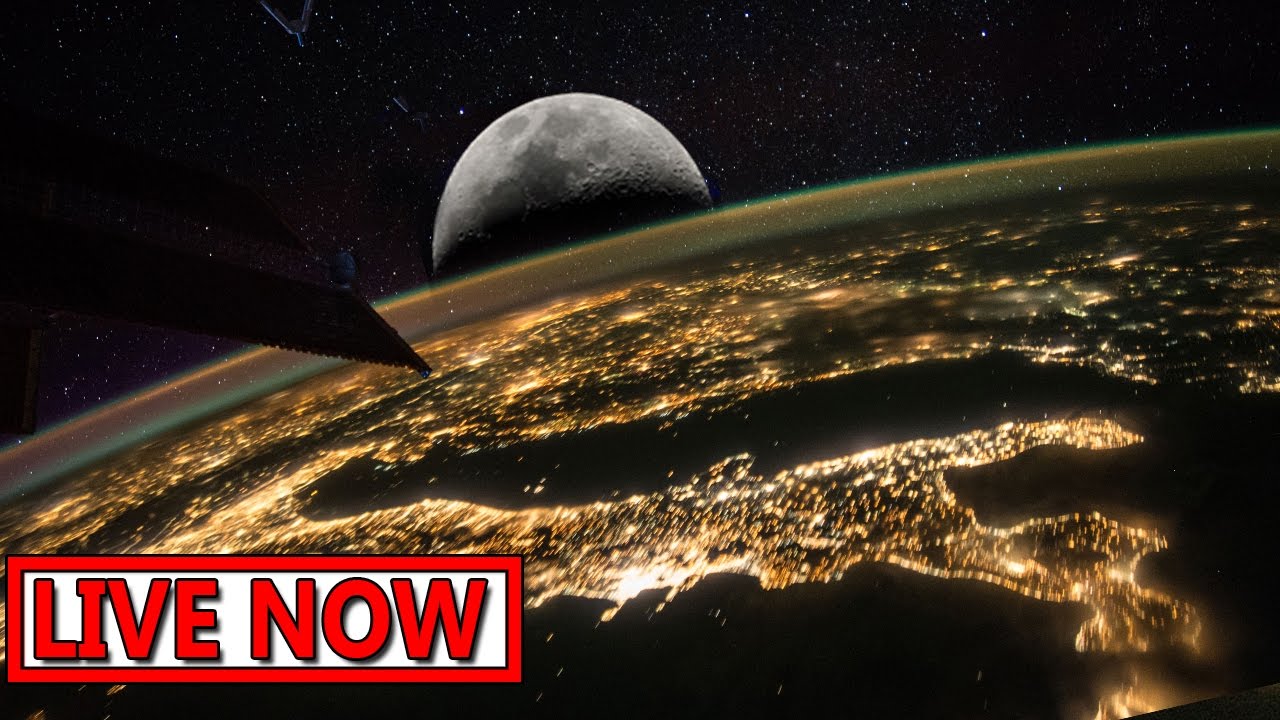
You could of course use different electromagnetic wavelengths than those in visible light spectrum, and hope they penetrate lower atmosphere weather formations easier, but it wouldn't really look like the orthophoto images on Google Maps, for example.įor the most part, it's just easier, faster and cheaper to deploy reconnaissance airplanes over your target, or if you're on a tight budget, maybe paint a blimp with some advert nobody cares to give attention to, and have your cameras hover a lot closer to the target you'd like to track and avod the cloud cover. It is possible, but would require either a huge telescope-like tracking satellite in the GEO (and even then the object you're tracking has to be observable from the position the satellite is), or you will have to delegate this task of tracking an object on the surface of the Earth in real-time to several satellites that follow each other's orbit at regular intervals, enabling covering of a single point on the Earth at all times.īut regardless if you're using a few huge GEO satellites, or a large number of smaller LEO ones, they still can't make clouds move away from being over your target you're tracking. So the answer to your question is not quite as straightforward as you might have hoped it would be. They would also have to move the lense constantly, to adjust for the fast changing angle of a relatively stationary target on the surface of the Earth. Their radial resolution could be a lot better even by using fairly small (in relative terms) lenses, but they will pass one specific point on the surface of the Earth a lot faster, so you'd want to move the task of tracking a single point from one satellite to another to keep your target in their line of sight. So alternatively, you could use a cluster of satellites that orbit at a lot lower altitudes in Low Earth Orbit, say around 500 km above the Earth's surface. Obviously, we're talking of a huge mass satellite then, which doesn't make the task of orbiting at least 3 of them any easier. You see, the Geostationary Orbit (GEO) is at an altitude of roughly 35,786 kilometres (22,236 mi) above the Earth's equator, so that's quite a long distance and you'd need a telescope in the range of the Hubble Space Telescope to see much detail on the ground. But the problem with tracking someone on the ground in real-time is more one of radial resolution, than the communications capabilities of satellites.

Satellites are nowadays definitely not bandwidth starved, considering we've just had a few launches in the past month orbiting satellites capable of relaying live telecasts even in quad HD resolution.


 0 kommentar(er)
0 kommentar(er)
